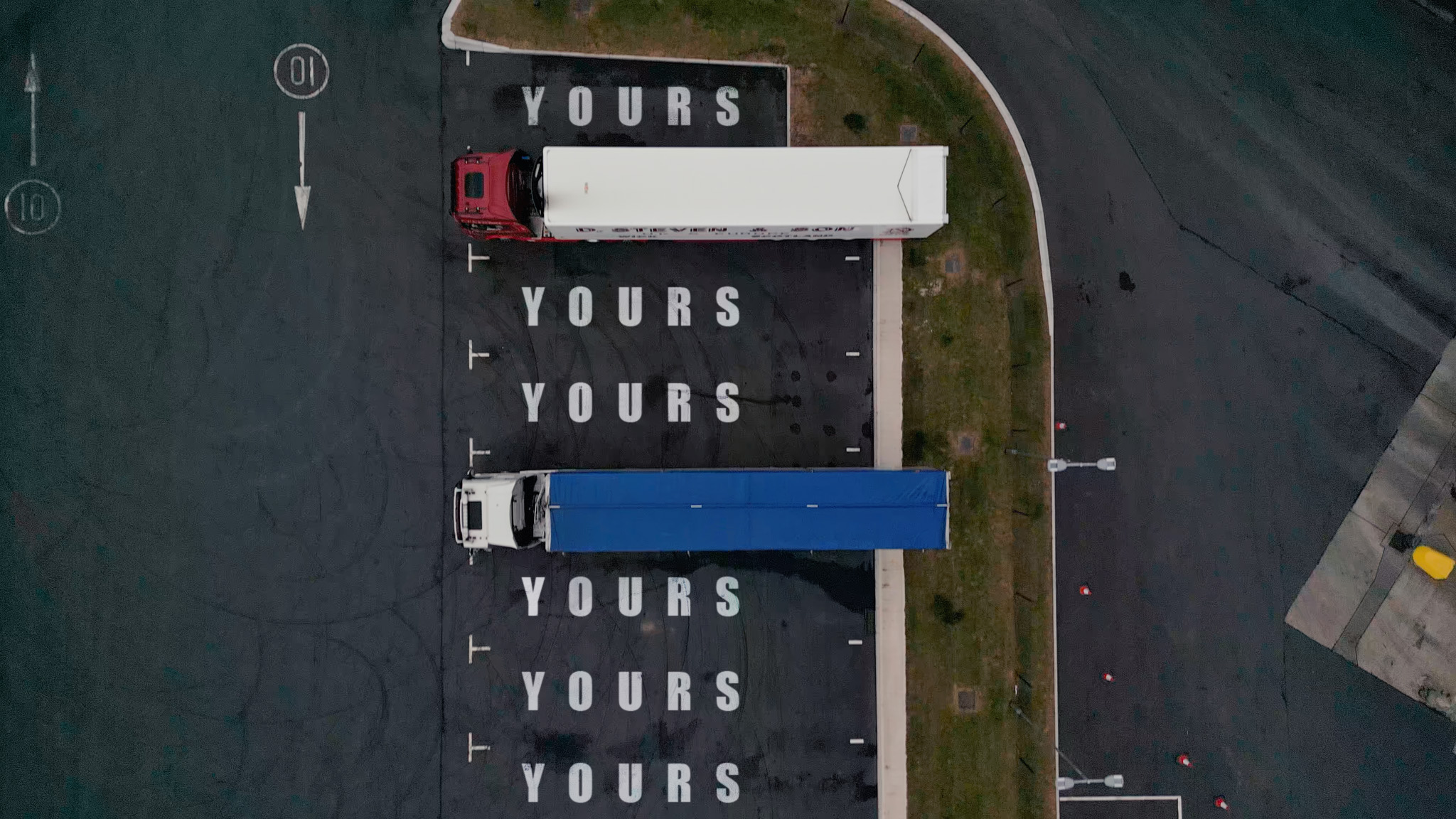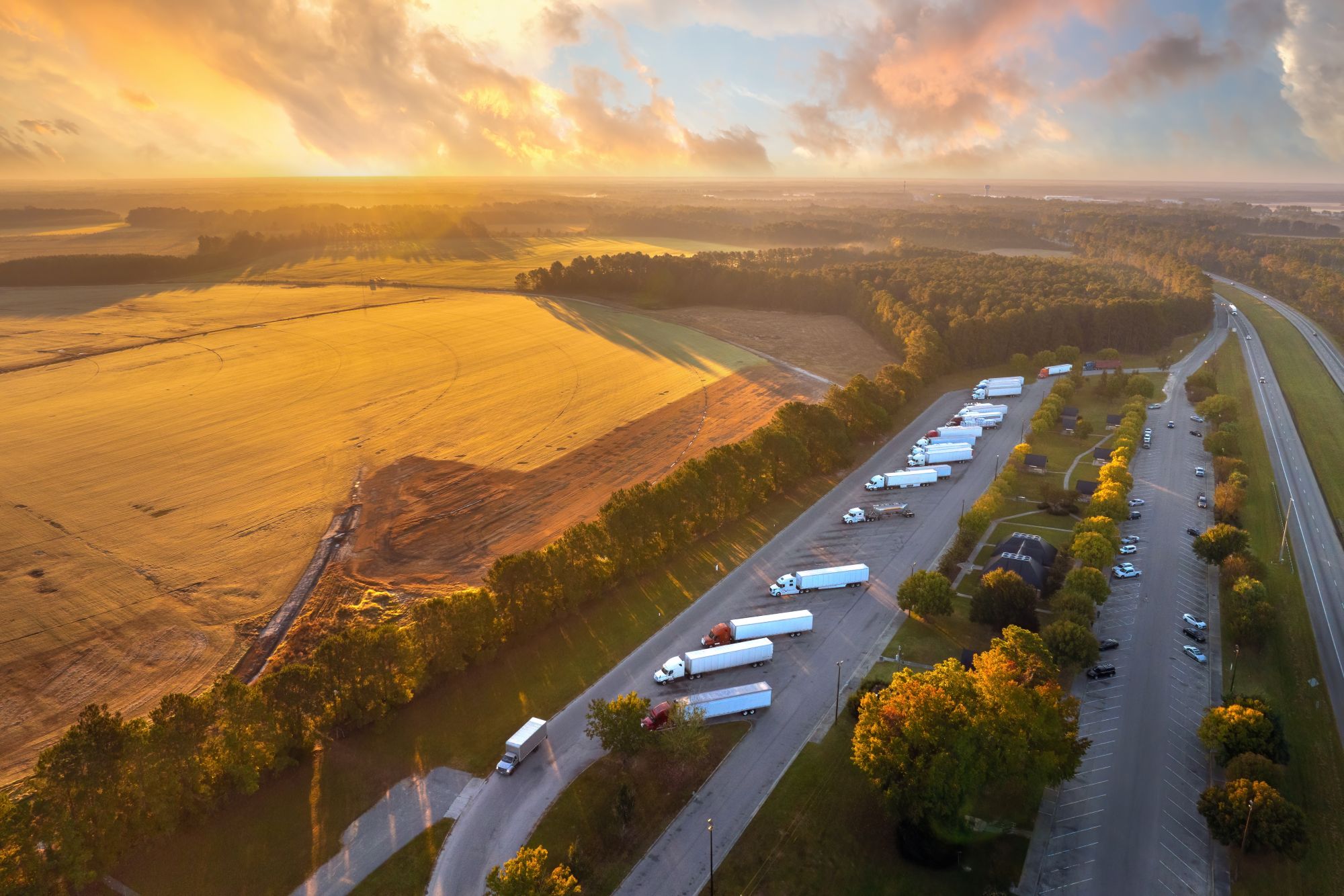
Miranda Blake
Wyzwania i rozwiązania w nowoczesnym zarządzaniu transportem
Utworzony: 16.12.2024
•
Aktualizacja: 16.12.2024
Nowoczesne zarządzanie transportem to strategiczne podejście do planowania, organizowania i kontrolowania wydajnego i skutecznego przemieszczania towarów i materiałów z miejsca pochodzenia do miejsca przeznaczenia. Obejmuje ono wykorzystanie technologii i wiedzy opartej na danych w celu optymalizacji procesów transportowych, obniżenia kosztów i zwiększenia zadowolenia klientów.
Na tym blogu analizujemy główne wyzwania i rozwiązania związane z tą kwestią.
Kluczowe wyzwania
Jedną z najbardziej palących kwestii, z jakimi muszą sobie radzić floty, jest zarządzanie wydatkami na paliwo. Stanowią one znaczną część wydatków operacyjnych, a ich zmienność może siać spustoszenie w procesach budżetowania i ogólnej rentowności. Nieprzewidywalny charakter cen paliw wywołuje efekt falowania w całym łańcuchu dostaw, zmuszając firmy do podejmowania trudnych decyzji dotyczących absorpcji kosztów lub podwyżek cen, potencjalnie wpływając na ich konkurencyjność. Jednak myślące przyszłościowo firmy przyjmują strategie mające na celu ograniczenie związanego z tym ryzyka:
Zawarcie kontraktów zabezpieczających paliwo w celu zablokowania cen na określony czas, a tym samym ustabilizowania wydatków
Inwestowanie w nowoczesne, oszczędne pojazdy w celu zmniejszenia zużycia paliwa i obniżenia ogólnych kosztów.
Zbadanie alternatywnych źródeł paliwa, takich jak biodiesel lub sprężony gaz ziemny, aby działać jako bufor przed tradycyjnymi wahaniami cen paliw.
Jedno z rozwiązań - SNAP Fuel - pozwala na płynne zarządzanie paliwem:
Operatorzy flot mogą uzyskać dostęp do szczegółowych raportów na temat wydatków, zapewniając przejrzystość kosztów i pomagając im zidentyfikować trendy i obszary wymagające poprawy.
Współpracując z Certas Energy, użytkownicy mogą uzyskać dostęp do obniżonych stawek za paliwo, co dodatkowo zmniejsza wydatki.
Zatory drogowe
Kolejną kwestią jest ruch drogowy. Wraz ze wzrostem liczby ludności w miastach rośnie obciążenie istniejącej infrastruktury, co prowadzi do problemów w całym łańcuchu logistycznym. Opóźnienia stają się powszechne, zużycie paliwa gwałtownie wzrasta, a koszty operacyjne rosną, podczas gdy zadowolenie klientów spada z powodu wydłużonego czasu dostawy.
Istnieje kilka taktyk przeciwdziałania negatywnym skutkom takiego stanu rzeczy:
Wykorzystanie zaawansowanego oprogramowania do optymalizacji tras może pomóc w określeniu najbardziej efektywnych tras, skracając czas podróży i zmniejszając zużycie paliwa.
Integracja danych o ruchu drogowym w czasie rzeczywistym z operacjami może pozwolić na dynamiczne dostosowywanie tras w oparciu o bieżące warunki.
Opracowanie dostosowanych planów logistyki miejskiej może umożliwić firmom radzenie sobie z wyzwaniami specyficznymi dla miasta, takimi jak strefy ograniczonego dostępu i godziny szczytu ruchu.
Zakłócenia łańcucha dostaw
Od klęsk żywiołowych, przez wydarzenia geopolityczne, po niedobory siły roboczej, zakłócenia są kolejną kwestią, z którą borykają się floty - prowadząc do opóźnień, zwiększonych kosztów i obniżonego poziomu usług, co stanowi wyzwanie dla odporności systemów zarządzania transportem.
Aby poradzić sobie z takimi zakłóceniami, organizacje mogą przyjąć kilka strategii:
Dywersyfikacja: Pozyskiwanie materiałów i usług od wielu dostawców może zmniejszyć zależność od jednego z nich i ograniczyć ryzyko.
Oceny ryzyka: Przeprowadzanie ich regularnie może pomóc zidentyfikować słabe punkty w łańcuchu dostaw i wesprzeć planowanie awaryjne.
Monitorowanie na żywo:** Wdrożenie technologii zapewniających wgląd w łańcuch dostaw w czasie rzeczywistym może zwiększyć szybkość reakcji i przyspieszyć podejmowanie decyzji.

Innowacyjne rozwiązania
W miarę rozwoju i integracji technologii, obiecują one zmienić przyszłość zarządzania transportem, rozwiązując długotrwałe problemy i otwierając nowe możliwości rozwoju i innowacji.
Telematyka:** Systemy śledzenia pojazdów dostarczają danych w czasie rzeczywistym na temat lokalizacji, optymalizacji trasy i zachowania kierowcy, ułatwiając podejmowanie bardziej świadomych decyzji.
Urządzenia IoT: mogą monitorować stan pojazdu, zużycie paliwa i warunki ładunku, zapewniając optymalną wydajność i bezpieczeństwo.
AI i uczenie maszynowe: Dzięki nim można włączyć analitykę predykcyjną i prognozowanie popytu, usprawniając optymalizację tras i zarządzanie zapasami.
Blockchain:** Wdrożenie tej technologii może poprawić przejrzystość, bezpieczeństwo i identyfikowalność łańcucha dostaw, zwiększając zaufanie między zainteresowanymi stronami.
Zatrzymanie i szkolenie kierowców
Niedobór kierowców to kolejne wyzwanie związane z zarządzaniem transportem, które Departament Transportu próbuje rozwiązać, otwierając konsultacje w sprawie sposobów jego złagodzenia. Poprosiliśmy kierowców ciężarówek o wyrażenie swoich opinii na temat propozycji na stronie SNAP Facebook page. Chociaż wielu z nich nie skomentowało programu, 72,5% zakwestionowało termin "niedobór kierowców", określając go jako sianie paniki. Zamiast tego [wymienili kilka powodów, dla których doświadczeni kierowcy ciężarówek opuszczają branżę] (https://snapacc.com/newsroom/hgv-drivers-challenge-the-term-driver-shortage/).
Dlatego przyciąganie i zatrzymywanie wykwalifikowanych kierowców ma nadal ogromne znaczenie. Rząd [wprowadził kilka środków] (https://snapacc.com/newsroom/addressing-the-hgv-driver-shortage-in-the-uk-in-20242025/), ale menedżerowie flot i kierowcy ciężarówek mogą sami podjąć odpowiednie kroki:
Konkurencyjne wynagrodzenie i świadczenia:** Oferowanie atrakcyjnych pakietów może pomóc w przyciągnięciu najlepszych talentów na konkurencyjnym rynku pracy.
Elastyczna organizacja pracy: **Zapewnienie elastycznej organizacji pracy może zwiększyć satysfakcję z pracy i zmniejszyć rotację pracowników.
Zaawansowane szkolenia i rozwój umiejętności:** Inwestowanie w bieżące programy może wyposażyć kierowców w umiejętności potrzebne do doskonalenia się w swoich rolach i dostosowywania się do nowych technologii.
Innym kluczowym sposobem na zatrzymanie kierowców jest maksymalne ułatwienie im pracy - w tym płacenie za parking i mycie. Na szczęście istnieje SNAP.
Uzyskaj wsparcie od SNAP
Aby dowiedzieć się więcej o naszych usługach i o tym, jak mogą one pomóc w zarządzaniu transportem, skontaktuj się z nami, dzwoniąc pod numer +44 (0)1603 777242.



